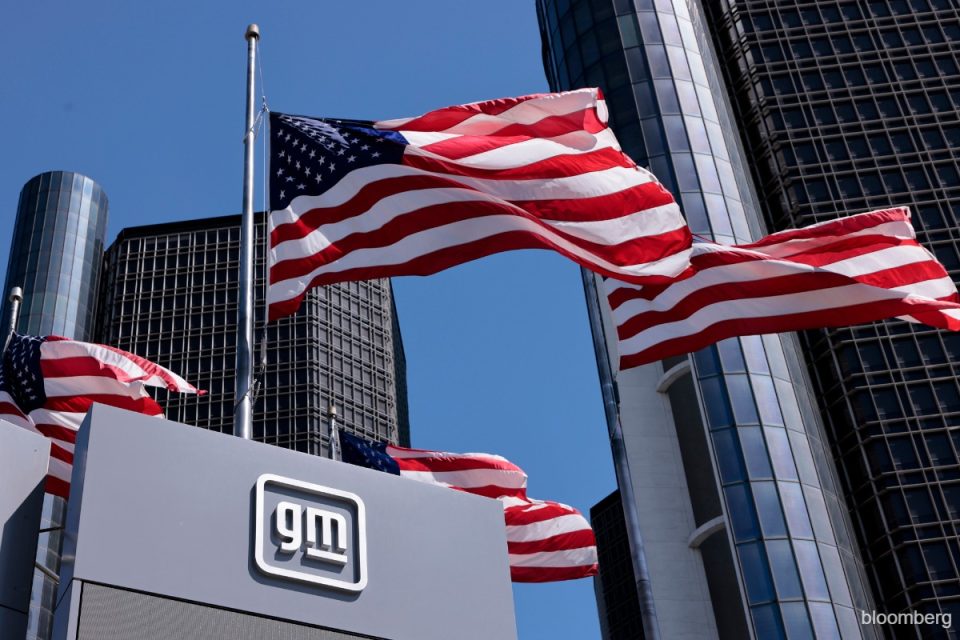General Motors (NYSE: GM) is bracing for a significant financial impact from the Trump administration’s new tariffs on imported cars and auto parts, with CEO Mary Barra revealing the company expects to absorb between $4 billion and $5 billion in additional costs this year. Despite the scale of these expenses, Barra signaled that GM does not plan to pass the full burden onto consumers in the form of higher vehicle prices-at least for now.
Speaking with CNN’s Erin Burnett, Barra explained that the tariff-related costs stem from the company’s global supply chain, which includes importing parts and vehicles from regions such as South Korea. She noted that GM had been in discussions with the White House and administration officials since late last year to ensure they understood the complex, competitive, and capital-intensive nature of the automotive industry. The timing of the official tariff announcement coincided with GM’s first-quarter earnings release, prompting the company to delay its updated guidance so it could provide investors with a clearer picture of the financial landscape once the policy details were finalized.
Barra emphasized that GM’s approach to pricing remains rooted in market realities. “We believe pricing is going to stay at about the same level as it is,” she told CNN, while acknowledging that automotive pricing is inherently dynamic and can change monthly or even more frequently. “We’re going to respond to the market,” she added, underscoring the company’s commitment to maintaining competitiveness across its Cadillac, GMC, Buick, and Chevrolet brands.
Despite the added pressure from tariffs, Barra highlighted GM’s recent market share gains, pointing to a two-point increase in the first quarter. She credited the company’s diverse product portfolio and strong manufacturing footprint in the United States as key factors that position GM to weather the current headwinds. Barra also reiterated that the company is ramping up domestic production to mitigate the impact of tariffs and reinforce its supply chain resilience.
Industry analysts have been closely watching GM’s response to the new tariffs, particularly given the broader implications for pricing across the auto sector. While some observers anticipate that sustained tariff costs could eventually lead to higher vehicle prices industry-wide, Barra maintained that GM’s current outlook does not foresee immediate price hikes for consumers. However, she acknowledged that the situation remains fluid, with pricing subject to ongoing market forces and supply constraints.
Looking ahead, Wall Street analysts remain divided on GM’s stock prospects. The consensus median one-year price target for GM stands at $54.38, representing nearly 21% potential upside from current levels. Of the 17 analysts covering the stock, eight rate it a “Buy,” seven a “Hold,” and two a “Sell,” resulting in a “Moderate Buy” consensus. However, some analysts caution that legal challenges and shifting regulatory stances on electric vehicles could temper gains, with more bearish forecasts projecting a year-end price target as low as $44.30.
GM’s strategy for navigating the tariff landscape includes a continued push into electrification, with the company leveraging its international network and partnerships such as its arrangement with Uber for Cruise robotaxis. Research and development efforts in advanced driver assistance systems and battery technology are also expected to drive future efficiencies and growth.
For now, GM’s leadership appears focused on absorbing the immediate shock of tariffs while maintaining stable pricing and competitive positioning in a rapidly evolving market.

